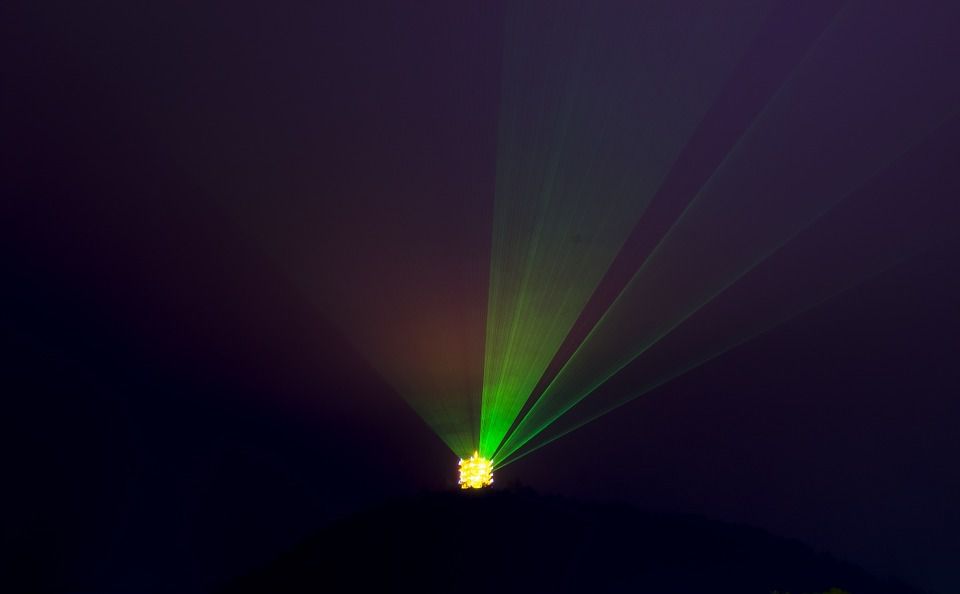A Look at How Most Entry-Level Laser Machines Today Work
Many hobbyists will by now have heard about or even used cutting and engraving machines that make use of lasers. These frequently affordable devices are capable of truly impressive things, even to the point of enabling projects that would not be possible by any other means. The principles according to which most such devices work are also straightforward and easy to understand.
The small, inexpensive laser pointers that are now so common use simple solid-state components to produce their low-powered beams of light. On the other end of the scale, some extremely powerful lasers used in research facilities make use of exotic materials to enable the phenomenon of lasing.

The vast majority of cutters and engravers found in hobbyists' workshops or in business facilities, on the other hand, include gas-filled laser tubes. These parts typically contain a mixture of two or more gases, with both nitrogen and carbon dioxide most often being present.
An electric current that is run through the tube adds energy to the nitrogen or another gas that plays the same role. Because nitrogen tends to remain fairly stable at this elevated level of energy, it makes for an efficient recipient of the energy introduced by the electric current.
Those molecules of nitrogen then impart some of their energy to the other gas in the chamber, one which is less prone to remaining at an elevated level of excitation. When molecules of the other gas, most often carbon dioxide, give up their own increased energy, they emit quantum packets of light known as photons, in the process.
This reliable way of producing a laser beam is one that allows for plenty of practical work to be done. As a result, most laser machines on the market make use of this basic approach, although they also vary significantly in terms of what they are capable of.
In general, for example, more powerful machines will be able to cut thicker materials or engrave more deeply and do so at a more rapid pace. A machine equipped with a 150w laser tube might be able to easily power through relatively thick sheets of metal that would be problematic for one with a 100 watt CO2 laser tube. Because laser tube prices tend to rise significantly along with power ratings, it will normally be necessary to invest more into buying a machine that is more capable in these respects than others.
